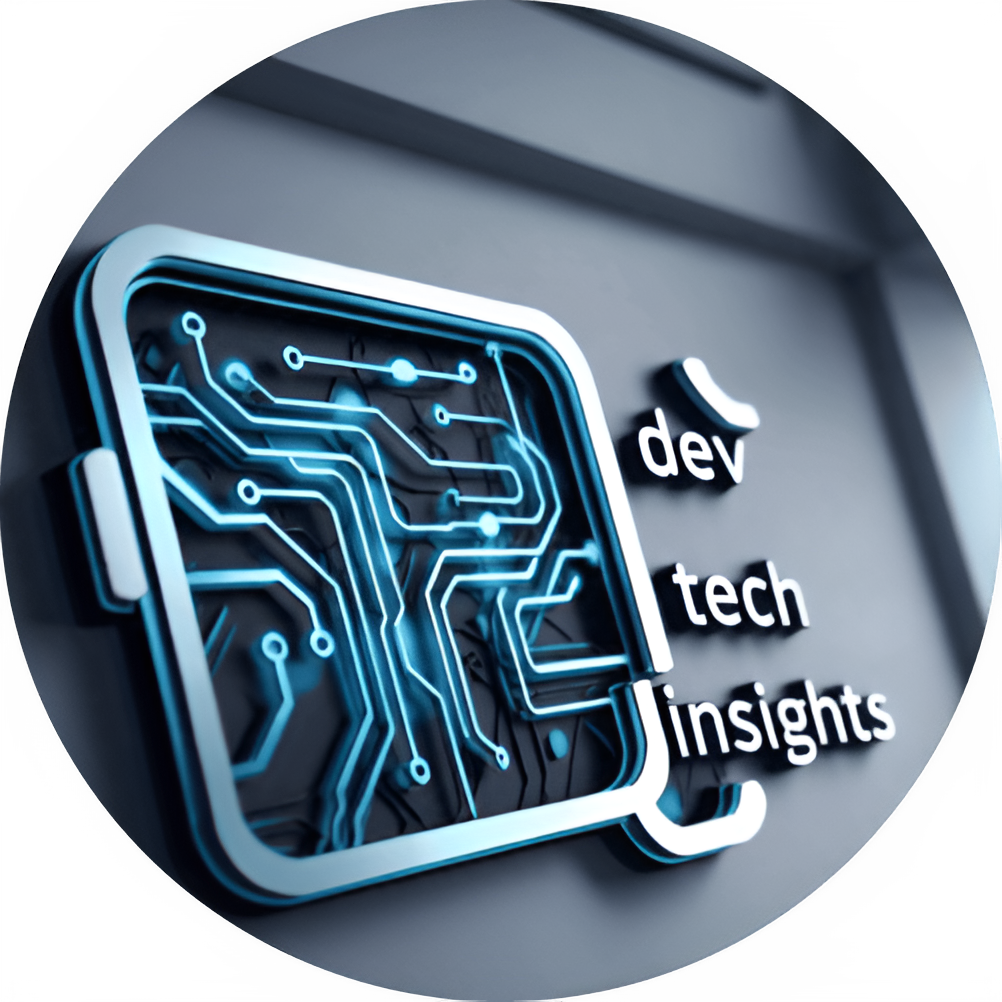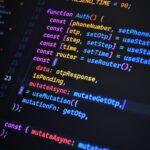
Toil is Back: Why Even with AI, SREs Feel the Burn in 2025
Table of Contents
For years, the promise of artificial intelligence in operations has been simple: reduce toil, free up engineers, and let machines handle repetitive tasks. By 2025, Site Reliability Engineers (SREs) were supposed to have more creative, high-value roles—designing resilient architectures, guiding automation, and spending less time firefighting. Yet, talk to anyone in the trenches and you hear a different story: toil is back, and in some cases, worse than before.
This paradox—AI-powered automation coinciding with rising engineer burnout—raises an uncomfortable but necessary question: why, despite smarter tools, are SREs still buried in repetitive work?
The Definition of Toil and Why It Still Matters
In Google’s landmark SRE handbook, toil was defined as manual, repetitive, automatable tasks that scale linearly with service growth. Think log parsing, service restarts, incident triage, or patching the same dependency across dozens of microservices. Toil doesn’t just waste time—it erodes morale, blocks innovation, and fuels burnout.
AI was marketed as the antidote. With predictive monitoring, automated root-cause analysis, and self-healing systems, the expectation was that toil would shrink dramatically. But SREs in 2025 are realizing that AI has shifted the type of toil, not eliminated it.
If you want more details on this topic, then download the pdf below(login required)
Download for Free!The New Face of Toil in an AI-First World
Instead of clicking buttons to restart services, today’s engineers often toil in different ways:
- AI babysitting: Many tools require constant fine-tuning. Engineers spend hours adjusting training data, retraining models, or debugging “false positives” from AI monitoring systems.
- Alert fatigue 2.0: AI promised fewer alerts, but now SREs face “AI hallucinations” in incident detection, leading to mistrust and double-checking every alert manually.
- Shadow toil in compliance: AI outputs often need human validation, especially in regulated industries. What was once automated patching may now require manual audit trails to confirm.
- Tool sprawl: Ironically, the boom of AI-powered DevOps tools means engineers jump between more dashboards than ever, each with its quirks and partial automations.
A senior SRE at a European fintech (shared in a 2025 DevOps survey) summed it up: “We replaced scripts with AI assistants, but I spend the same amount of time—just in different tabs.”
Why AI Hasn’t Solved Burnout
The core issue is that AI is not magic—it doesn’t eliminate complexity, it often adds layers to it.
- AI shifts responsibility, not effort.
Instead of patching manually, engineers now validate whether an AI-patched system broke something downstream. - Trust deficit.
Engineers struggle to trust AI outputs, especially after a single false positive. The result: humans repeat the work AI already did—essentially doubling toil. - Invisible toil.
Meetings, compliance checks, retraining data pipelines—these don’t look like firefighting, but they consume energy and leave little space for creative engineering. - Cultural misalignment.
Some organizations adopt AI tools without rethinking processes. Instead of eliminating toil, they simply automate fragments, leaving humans to stitch the gaps.
This reflects a broader truth: burnout isn’t just about tasks; it’s about meaning, trust, and ownership.
Hidden Human Costs Beyond the Metrics
From the outside, metrics often look promising: fewer P1 incidents, faster mean time to resolution (MTTR), more automation scripts deployed. Yet behind these numbers lies a different human experience.
- Engineers still wake up at 3 AM to double-check whether the AI’s “fix” actually worked.
- Teams spend more hours aligning dashboards across vendors than actually resolving root causes.
- Junior engineers, ironically, feel more pressure—they lack both the deep systems knowledge and the confidence to challenge AI recommendations.
As one Reddit thread on r/devops in late 2024 put it: “AI doesn’t eliminate the pager—it just makes the pager sound smarter when it goes off.”
Real-World Signals of Rising Toil
The trend is not anecdotal—it’s measurable:
- The 2025 State of DevOps Report noted that 57% of SREs still spend more than half their week on toil, despite AI tool adoption.
- Gartner’s AI in IT Operations study found that 42% of enterprises using AI for incident management reported higher human oversight costs than before.
- Online communities like Hacker News and Stack Overflow are filled with engineers venting about “AI babysitting” taking as much energy as manual toil ever did.
These signals point to a deeper issue: automation, without cultural and structural change, just relocates toil.
What Can Be Done?
The future isn’t hopeless—AI can still reduce toil, but only if integrated thoughtfully. Here’s what separates successful teams from struggling ones:
- Redefining ownership: Teams that position AI as an assistant, not a replacement, experience less frustration. The human stays in control of the decision loop.
- Continuous trust-building: Instead of expecting blind faith, successful organizations validate AI outputs systematically, building confidence over time.
- Platform engineering mindset: Rather than plugging in 10 different AI tools, mature orgs build internal platforms that standardize workflows, reducing context-switching toil.
- Focusing on people, not just processes: Burnout is mitigated not just by eliminating tasks, but by reinforcing meaning—connecting engineers’ daily work to broader business resilience.
AI and Toil in 2025: A Double-Edged Sword
AI Promises
- Fewer alerts with smart monitoring
- Automated incident resolution
- Predictive maintenance
- Faster mean time to resolution (MTTR)
Reality Check
- AI hallucinations causing mistrust
- New toil from validating AI outputs
- Tool sprawl across dashboards
- Compliance still needs human oversight
Automation isn’t the end of toil — it’s the evolution of toil.
The Bigger Lesson: Toil is Cultural, Not Just Technical
Ultimately, toil will never vanish completely. The goal of SRE was never zero toil, but sustainable toil—tasks that don’t overwhelm, distract, or demoralize. AI alone cannot achieve that.
True progress requires blending technology with culture: investing in healthy on-call rotations, empowering engineers to say “no” to unbounded scope creep, and aligning leadership expectations with operational reality.
AI Toil Reduction Cycle
A continuous loop for reducing operational toil: detect → analyze → automate → validate → learn → repeat.
Looking Ahead
By 2025, it’s clear: AI has not killed toil. Instead, it reshaped it into subtler, less obvious forms. That doesn’t mean AI failed—it means organizations must evolve alongside it.
For engineers, the challenge is learning when to trust the machine, when to challenge it, and how to shape workflows that preserve human creativity. For leaders, the task is to stop chasing vanity metrics and start asking: is our team healthier, happier, and more resilient than last year?
Because ultimately, reducing toil isn’t just about system uptime—it’s about human sustainability.
FAQs
1. What is “toil” in SRE, and why does it matter?
Toil refers to repetitive, manual, and automatable tasks that add little long-term value but are necessary for maintaining systems. High levels of toil drain engineering creativity, reduce job satisfaction, and are a leading cause of burnout among Site Reliability Engineers (SREs).
2. Has AI eliminated toil for SREs?
Not entirely. While AI has reduced some repetitive tasks, it often shifts toil into new areas—such as validating AI-driven fixes, debugging failed automations, or interpreting machine decisions. This means burnout risks still exist, just in different forms.
3. Why do SREs still experience burnout despite AI-driven automation?
Burnout persists because AI introduces new challenges: black-box complexity, trust gaps, and mental strain from constantly overseeing or correcting AI actions. Engineers may have fewer alerts, but the emotional and cognitive workload remains.
4. How can organizations balance AI automation with human oversight in reliability engineering?
The key is adopting a “human-in-the-loop” approach—using AI for efficiency but keeping humans involved in critical decision-making. Transparency in AI decisions, explainable outputs, and shared accountability across teams also help reduce stress and improve trust.
5. What’s the future of AI in Site Reliability Engineering?
AI will continue to augment reliability practices, but its success depends on building tools that support—not replace—engineers. Future solutions will focus on explainable AI, predictive reliability, and healthier operational models that prioritize both uptime and human well-being.







